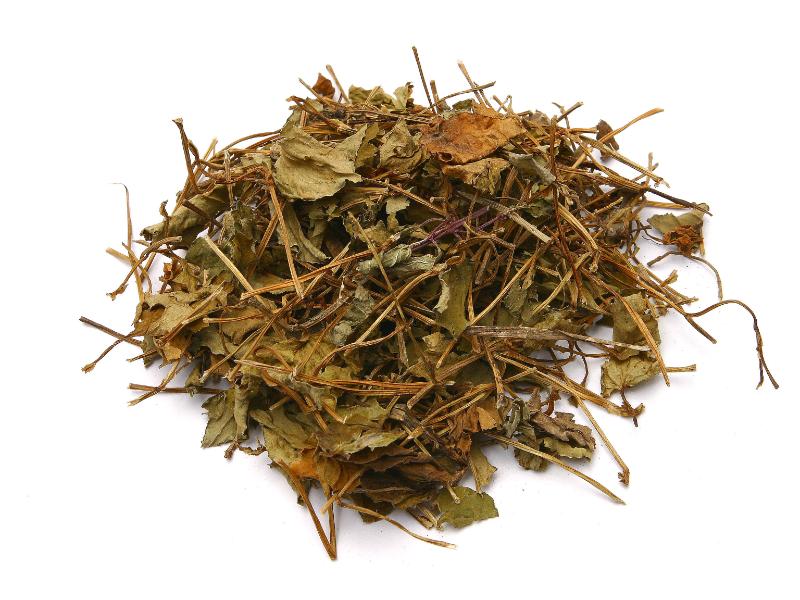Search in medicinals
Houttuyniae Herba
Houttuynia
鱼腥草 〔魚腥草〕 yú xīng cǎo

Alternate English names: fishwort
Alternate Chinese names: 蕺 jí; 蕺菜 jí cài; 蒩菜 zū cài; 紫背鱼腥草 zǐ bèi yú xīng cǎo; 紫蕺 zǐ jí; 侧耳根 cè ěrgēn; 猪鼻孔 zhū bí kǒng; 臭质草 chòu zhí cǎo; 十药 shí yào
Kingdom: Plant
Origin in PRC Pharmacopoeia: Houttuynia cordata Thunb. (PRC Pharmacopoeia)
Origin in unofficial sources: Houttuynia cordata Thunb.*
Use: Medicinal and alimentary (The fresh leaves are used as food.)
Category: Heat-clearing agents / Heat-clearing toxin-resolving agents
Properties: Acrid; slightly cold.
Channel entry: Lung channels.
Actions and indications:
- Clears heat and resolves toxin; disperses welling-abscesses and expels pus: Pulmonary welling-abscess with coughing of blood and pus; lung heat cough with thick phlegm; heat toxin sores.
- Clears heat and resolves toxin; disinhibits urine and frees strangury: Heat strangury (rè lìn).
- Modern applications: In recent years, yú xīng cǎo has been successfully used in the treatment of pneumonia, acute and chronic tracheitis, enteritis, and urinary tract infections.
Dosage and method: Oral: 15–30g in decoctions. It contains volatile oils, so it should not be decocted for long. The fresh product is sometimes seen in Asian supermarkets in the West and is easily recognized by its distinct odor.
Notes: The fresh leaves are used as food in Vietnam and certain parts of China.
Quality: Pale reddish-brown plants with stems and leaves intact are the best.
Production area: Guǎngdōng, Guǎngxī, Húběi, Jiāngsū.
Etymology: The name 鱼腥草 yú xīng cǎo translates as fishy-smelling herb
.